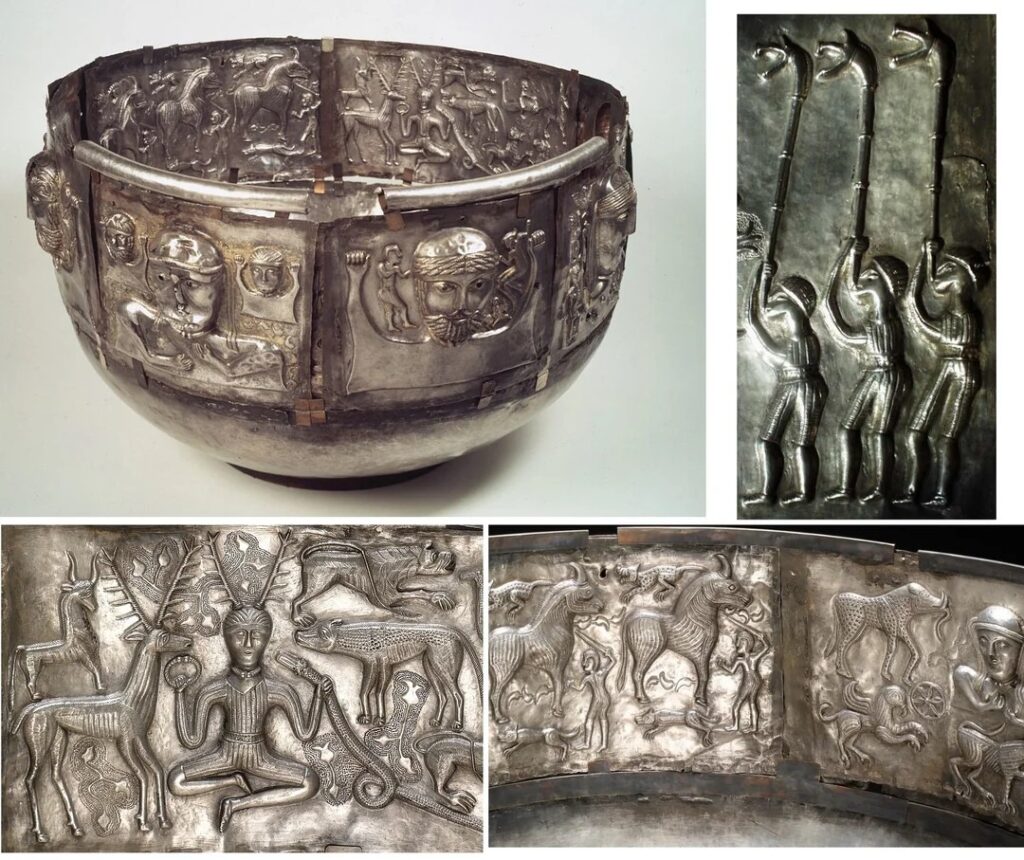The Gundestrup Cauldron is one of the most captivating and remarkable archaeological finds related to Celtic culture. This exceptional vessel, made from intricately decorated silver plates, has enthralled historians and archaeologists with its detailed craftsmanship and mysterious origins. Although it clearly relates to Celtic mythology, its discovery site—Northern Jutland in Denmark—was never settled by the Celts, prompting inquiries into its history and significance.
An Enigmatic Artifact with Celtic Ties
Regarded as the largest single silver object from the La Tène period—a time when Celtic culture thrived across much of Europe from around 500 BC until the Roman conquest in the 1st century BC—the Gundestrup Cauldron weighs nearly 9 kilograms and measures 42 cm in height and 69 cm in diameter. Comprising 14 silver plates unified into one vessel, each plate is embellished with intricate reliefs that appear to draw inspiration from Celtic mythology.
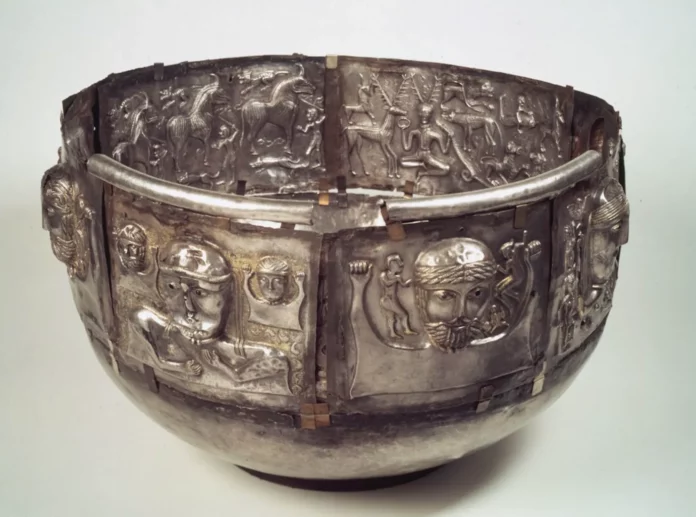
Among these illustrations, the most prominent figure is Cernunnos, the horned deity of Celtic lore. The cauldron depicts him seated, attired in a fitted tunic and trousers, adorned with a royal torc around his neck, and holding a ram-headed serpent in one hand. This portrayal of Cernunnos, alongside other mythological imagery, indicates a significant Celtic influence, even though the precise origins of the artifact remain unclear.
Tracing the Origins of the Gundestrup Cauldron
The location of the Gundestrup Cauldron’s discovery—a bog in Gundestrup, Northern Jutland—has never been associated with Celtic settlements, leading to much speculation regarding its provenance. Was it crafted in Central Europe, a region more closely aligned with Celtic culture? Or did it emerge from cultural exchanges between the Thracians and Celts in what is now Bulgaria?
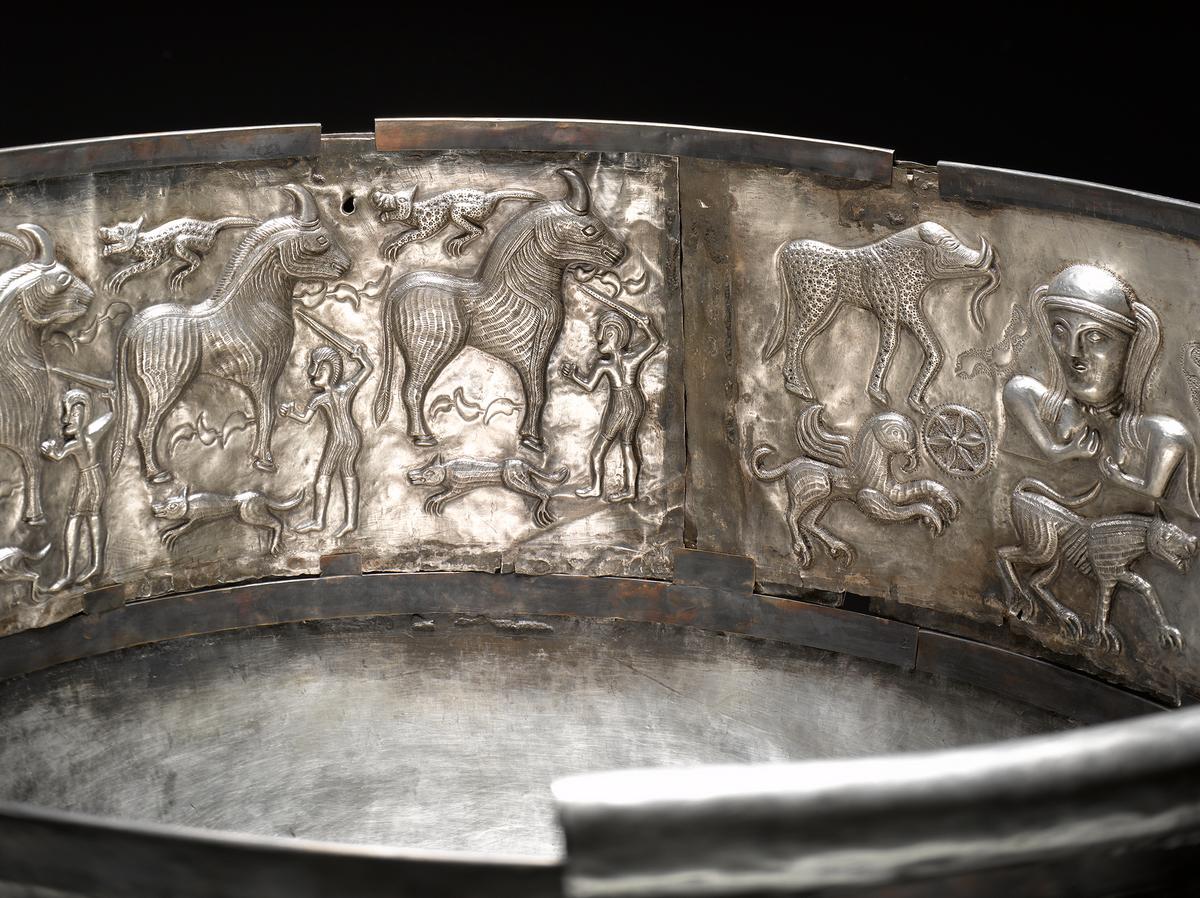
While the silverwork of the cauldron does not conform strictly to typical Celtic styles, certain elements of its imagery and craftsmanship suggest a notable Celtic impact. Analysis of the silver and tin used indicates that these metals originated from areas in Europe often linked to Celtic habitation. This has led to theories proposing that the cauldron may have been created by Thracian artisans at the behest of a Celtic tribe, possibly in Gaul.
Theories and Discussions
One compelling theory regarding the Gundestrup Cauldron’s presence in Denmark is that it was looted and brought there by the Cimbri, a Germanic tribe. Ancient historians like Strabo and Tacitus have connected the Cimbri with a group residing in Jutland, although substantial evidence for this association remains elusive.
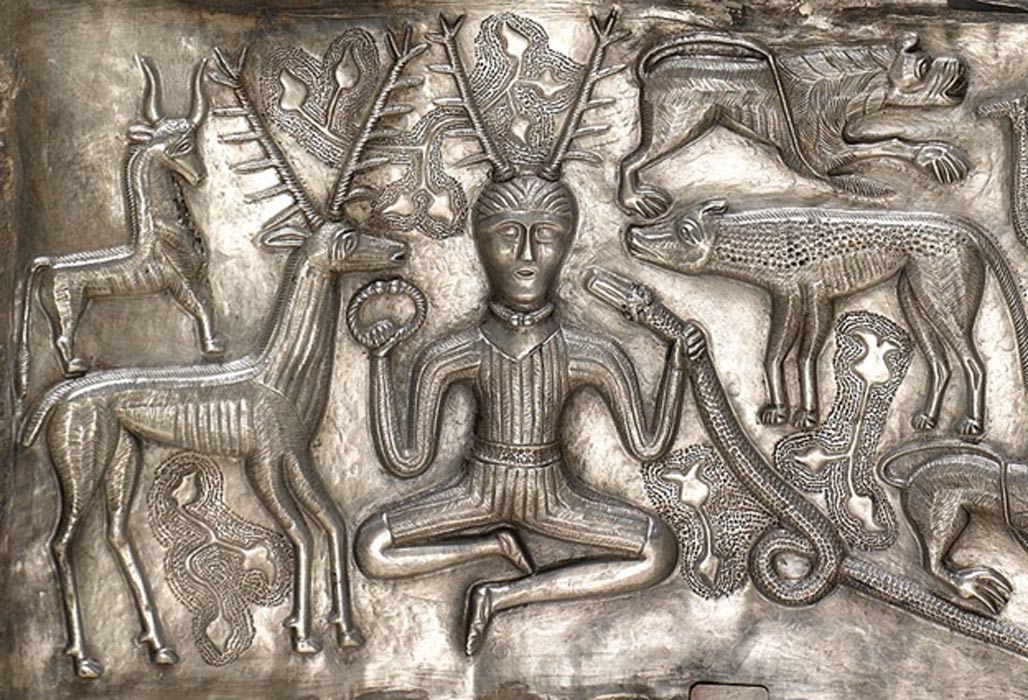
In recent years, the widely accepted notion that the cauldron was produced in Thracian southeast Europe has faced scrutiny. Although the Thracian region was indeed known for its silversmithing, this craft developed in the 5th and 4th centuries BC—considerably earlier than the estimated time frame for the cauldron’s creation in the mid-2nd century BC.
Conclusion
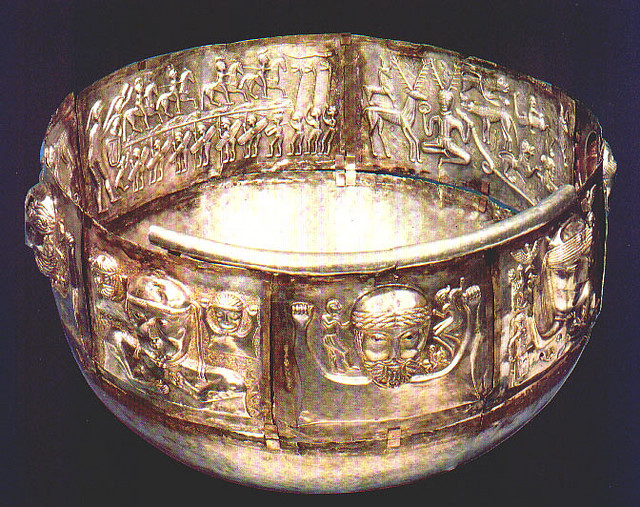
Despite ongoing debates concerning its origins and the influences behind its rich mythological representations, the Gundestrup Cauldron stands as a remarkable and significant ritual item. Its discovery in a locale far removed from its likely place of creation only enhances its mystique, establishing it as one of the most enigmatic artifacts linked to Celtic culture. Whether it was crafted by Thracian artisans or Celtic craftsmen, the Gundestrup Cauldron remains a powerful symbol of the cultural exchanges and influences that shaped ancient Europe.

